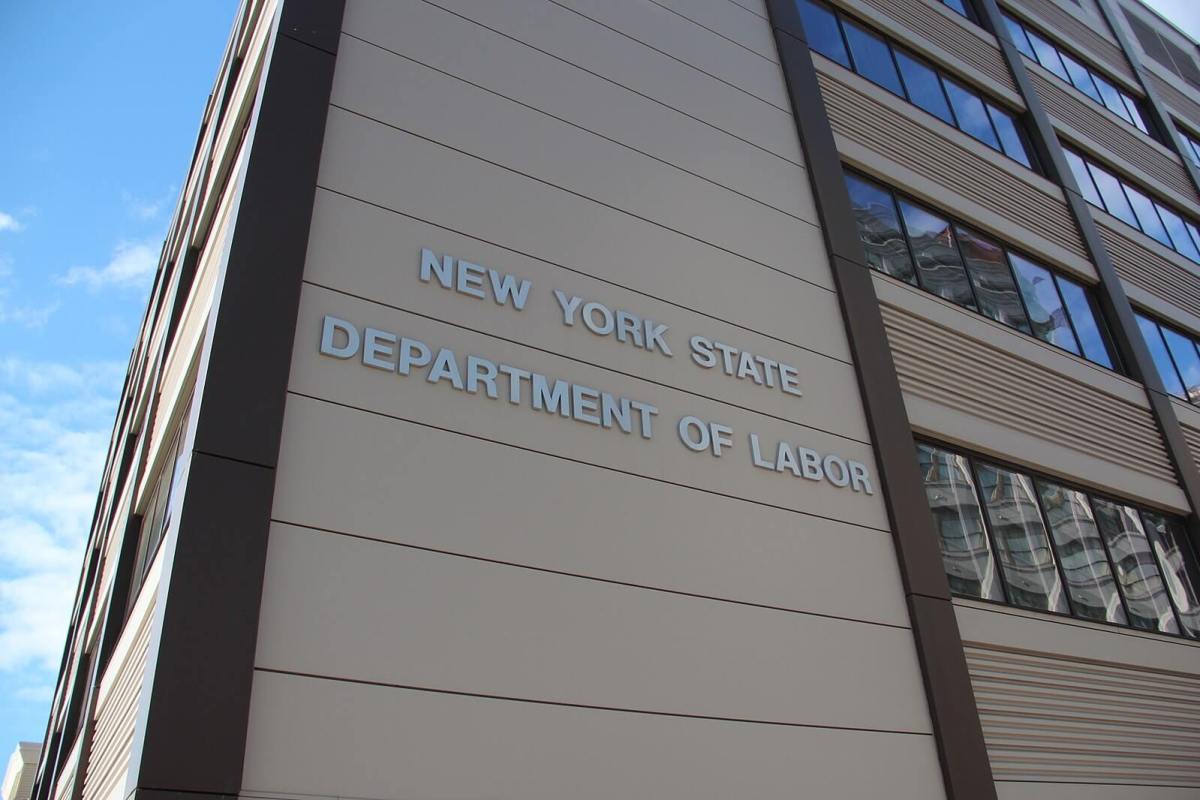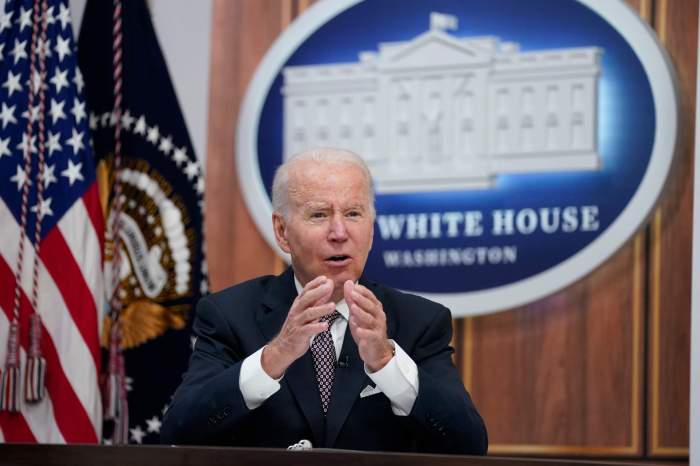The New York State Department of Labor and the Division of Human Rights will conduct a study to determine the employment rate for transgender New Yorkers as part a new law intended to pinpoint workforce disparities on the basis of gender identity.
The pair of state agencies are embarking on the research initiative as a result of legislation led by State Senator Kevin Parker of Brooklyn and Assemblymember Amy Paulin of Westchester. The bill passed both houses and Governor Kathy Hochul signed it into law on August 10.
“For too long, trans individuals — especially in communities of color — have faced significant obstacles to economic success,” Hochul said in a written statement. “That’s unacceptable. Thanks to this new law, New York will be able to study these inequities so we can develop the legislative solutions to eliminate them once and for all.”
Political leaders hope the study will provide the statistical foundation to demonstrate the need for greater support for trans workers in New York.
“A preliminary study by the state’s Department of Labor and its Division of Human Rights will help ensure that the necessary steps are taken so that transgender individuals are afforded the same opportunities to make a livelihood as the population at-large,” Parker said in a written statement.
Those comments were echoed by Elisa Crespo, who serves as the executive director of a statewide LGBTQ advocacy group known as New Pride Agenda.
“For far too long, trans people have suffered from deep poverty and income inequality,” Crespo said. “We look forward to the crucial data the study will produce and even more so to partnering with the state to help create innovative ideas that will raise the economic status of the many trans people who call New York home.”
TS Candii, who helped lead the fight to repeal a “Walking While Trans” law that was used by police to disproportionately target trans women of color, said the new law will help “shed light on the plight of the Black and Brown transgender community and our lack of employment opportunities in New York State.”
“This will further prove how the underemployment of our community leads to chronic homelessness and lack of adequate healthcare, which are too often a common occurrence in our community,” said TS Candii, who added that the bill is particularly important for trans women of color.
Following the completion of the research, the Department of Labor is required to provide a report of the the findings to the governor, according to the legislation’s text. The speaker of the State Assembly and the Senate Majority Leader will be required to publish a report on its respective websites one year after the law takes effect.
Most lawmakers backed the bill, but it received five “no” votes in the upper house from State Senators Fred Akshar, Patrick M. Gallivan, Robert G. Ortt, George Borrello, and Thomas F. O’Mara.
National statistics have already shown disparities on the basis of gender identity. As of 2013, twice as many transgender people reported unemployment than the general population and 44% of trans workers were underemployed, according to a report co-authored by the Movement Advancement Project (MAP), the National Center for Transgender Equality (NCTE), the Center for American Progress (CAP), and the Human Rights Campaign (HRC).
Those employment gaps have been compounded by other factors, including student debt. Research released by the Williams Institute of UCLA in 2021 indicated that 51 percent of transgender individuals had federal student loans, which was 15 percent higher than lesbian, bisexual, and queer cisgender women and 23 points higher than gay, bisexual, and queer cisgender men.




































